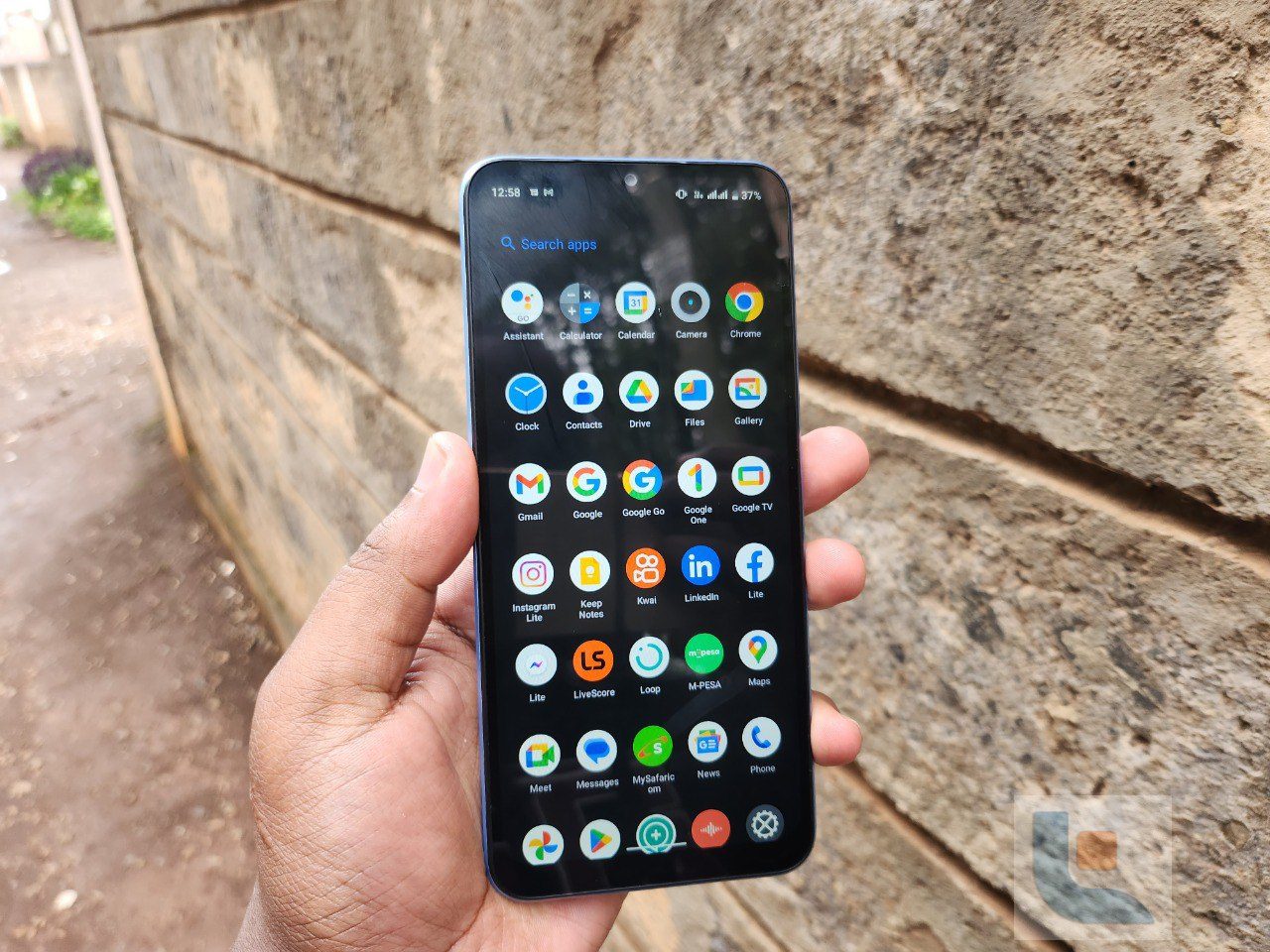Smartphones nowadays are like grapes, they seem like they are similar and do similar things but they are quite different. You will find them being priced at all levels from sub $100 ones to now the scary $1000+ bracket and normal users find it hard to differentiate their basic features.
In reality, there is a reason why phones are priced that way. It usually depends on their component pricing and gross margins. However, you will find this false equivalence behaviour where people compare features found on a more expensive phone and try to match it with what looks similar on a much cheaper phone.
The fact is that they are usually not similar at all although the spec sheet says otherwise. Manufacturers usually don’t reveal full specifications for literally every feature on their phones since regular customers won’t understand it. Here are some of these features that people like comparing but shouldn’t be comparing at all.
Display resolution is only half the story
Displays are usually a hot issue on the smartphone market and lately, it has become a discussion point. The iPhone XR
See, Apple decided to put a lower resolution screen on the iPhone XR (1792 x 828) on a $749 phone and people went ballistic about this move. From the face value, it looks like Apple is offering a phone that doesn’t have a 1080p screen at that price point and it looks ridiculous.
However, you need to look from multiple angles. Apple is really good at displays and if you know anything about displays, resolution is only part of the story. There are other aspects of a display like its contrast levels, gamma, viewing angles, how wide is the colour space supported by the display, colour reproduction and more.
This means that these sort of display is more expensive to manufacture than the regular 720p displays you find in sub $150 phones which look washed in comparison, not colour accurate, have sub par viewing angles and the colour space coverage is poor. This is why you see the same photo or video being watched between displays that seem to have similar resolutions.
Last year, the Pixel 2 was criticized for having a poor display despite having a 1440p display so yes resolution is only a segment when you are comparing displays.
Watch this video where they compared the iPhone XR display and the Pocophone F1 in a blind test. This sums it up basically.
Processors
This is another section that you see people fighting about on comments and it shouldn’t be the case. The general rule is that cheaper phones will get weaker processors and that makes sense since faster components are more expensive.
My favourite comparison is when people compare an 8 core processor from a budget phone with a 6 core processor from the new iPhones. Users that are not tech savvy might buy into this thinking they are getting more for the money, but that is far from the truth.
One way to measure the power of a smartphone CPU is by using the Geekbench test which measures single core performance and multi core performance. This test will show outrightly how those 6cores in the A12 chip will humbly beat your 8 core Snapdragon 430 device. In fact the single core performance of the A12 Bionic chip is faster than the multi treaded score of 8 of those cores.
Forget Apple, if you were to also compare the 8 core Snapdragon 845 processor vs the 8 core Snapdragon 430 processor you see in cheaper phones, you’ll see how insanely powerful these expensive phones are. Don’t compare by face value.
Fun fact: The 8 core A12X Bionic chip in the new iPad Pros blow every mobile chip to oblivion when it comes to performance. Single core performance on Geekbench is around 5000 while the mult-icore performance is around 18,000. Faster than my laptop which has a Core i7-7700HQ gaming CPU.
Camera quality

Camera quality really varies between the various price points and within the price points in the smartphone industry.
This is because the photo and video quality you get from your phone depends on many factors like your camera sensor size, quality of lenses inside the camera module, aperture size of the camera lens and most important of all, the processing.
For example, a 13MP camera in a budget phone will not have the same quality as a 12MP camera in a flagship phones and it is due to the above factors.
The last bit, the processing is why there is the main difference in quality between phones at the top level. Processing of the photo depends on its algorithms and the image signal processor inside their processors and that leads to varied outputs by these phones.
For example, you’ll see a company favouring to keep every photo lit evenly as much as possible thanks to the aggressive use of HDR (the iPhone XS) or how some phones like to use the sharpening filter (LG and Huawei), or weird saturated colours in video (OnePlus 6) or even the best processing we’ve seen so far in daylight photos (The Google Pixel 3).
This information is rarely dished out to customers when they are buying phones at the store and instead, they are told that each has a 12MP camera and they would expect similar output from each, although it is not the case. This is why they need reviews to view the outputs between the phones and see what works with them.
Even in the lower priced brackets, most smartphones have 13MP o 16MP cameras and they all behave differently mostly due to processing.
Storage
Storage is another major component that we use to compare between devices. Over time, we have seen the internal storage capacities increase and now 64GB is becoming the norm from budget devices to top end smartphones.
However, not all storage is the same. The main differentiating factor is the read and write speeds and the faster it is, the better it is and the more expensive it is. Faster storage is good since you’re able to retrieve something faster, copy content faster and not have bottlenecks that slow down your performance.
This is why it is unwise to compare the 64GB storage found on a KES 25K device versus the one found on a Galaxy Note for example and the one found on the iPhone X because they are quite different.
The storage on the cheaper phone will have significantly slower read and write speeds, because it would probably be limited by its eMMC technology (260MB/s read, 145MB/s write). The Galaxy Note 8 uses UFS 2.1 technology that can go upto 800MB/s read and 200MB/s write, which is way faster than the cheaper 64GB eMMC storage on the cheaper phone. The iPhone however eclipses the Note 8 as it has a modified storage solution you find in PCs that lets it have read speeds of 1200MB/s and write speeds of 500 MB/s.
Just because they are similar in capacity does not mean they are the same. You’ll be shocked by how differently they perform.































